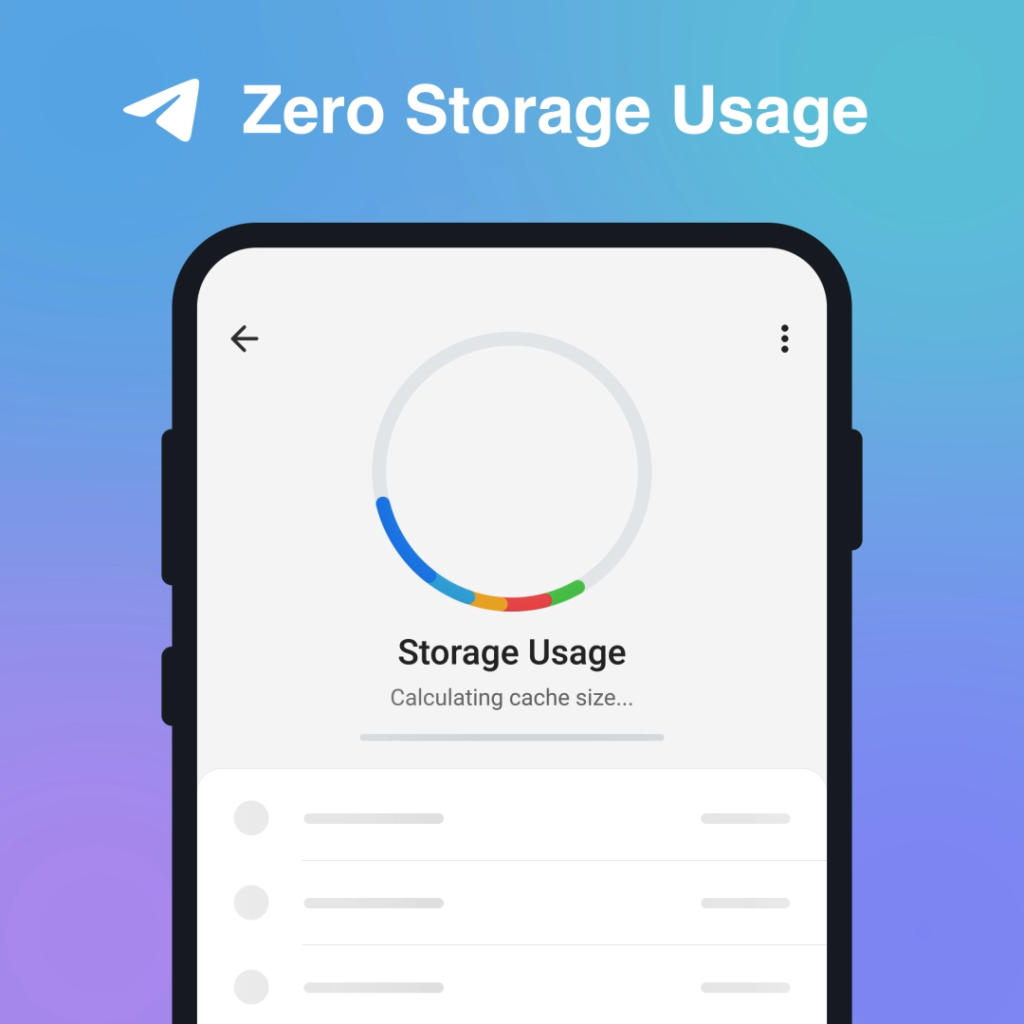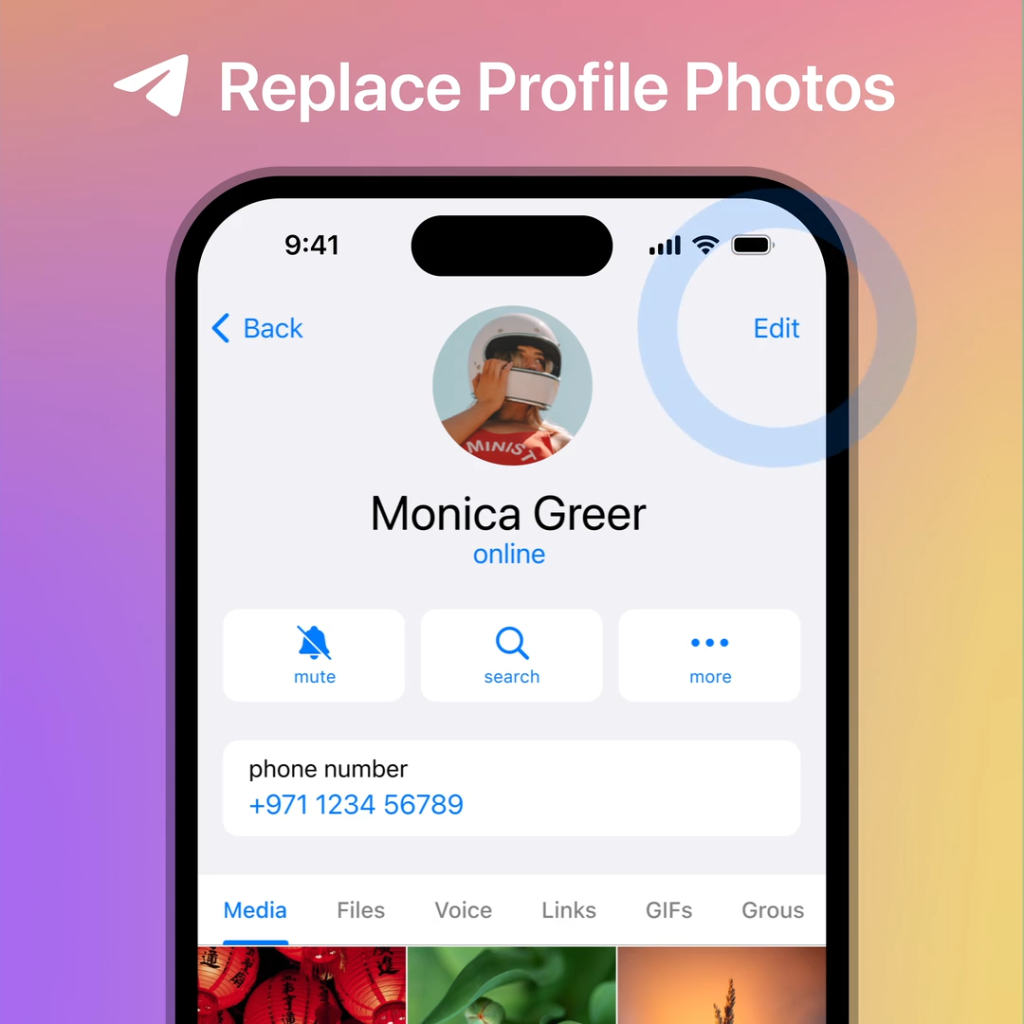
Ensure your Trust Wallet is safe by enabling two-factor authentication, securing your recovery phrase, and regularly updating the app.
Security Features of Trust Wallet
Encryption Standards
Encryption is a critical component of Trust Wallet’s security. Here’s how it protects your assets:
- AES-256 Encryption: Trust Wallet employs AES-256, a highly secure encryption standard, to safeguard your private keys and sensitive data. This encryption ensures that your information remains secure against unauthorized access.
- End-to-End Encryption: Trust Wallet uses end-to-end encryption for data transmission, ensuring that only you and the intended recipient can access the information. This is essential for protecting the privacy and security of your transactions.
- Private Key Storage: Your private keys are stored locally on your device, not on centralized servers. This reduces the risk of large-scale breaches and gives you full control over your assets.
Two-Factor Authentication (2FA)
Two-factor authentication enhances the security of your Trust Wallet account:
- App-Based 2FA: Trust Wallet supports authenticator apps like Google Authenticator or Authy, which generate time-based one-time passwords (TOTPs). These add an extra layer of security, requiring more than just your login credentials.
- Biometric Authentication: Trust Wallet allows biometric authentication, such as fingerprint or facial recognition, to access your wallet. This feature ensures that even if someone has physical access to your device, they cannot access your wallet without your biometric data.
- Backup 2FA Methods: Trust Wallet advises setting up backup 2FA methods, such as SMS or email, to maintain access if the primary method fails. This redundancy enhances your wallet’s security under various scenarios.

Keeping Your Recovery Phrase Secure
Importance of the Recovery Phrase
The recovery phrase is vital for your Trust Wallet’s security:
- Access to Your Wallet: It’s the only way to restore your wallet on a new device, making it crucial for accessing your funds.
- Irreversible Loss: Losing your recovery phrase means losing access to your wallet and assets permanently, as it cannot be reset or recovered.
Best Practices for Storing Your Recovery Phrase
Follow these best practices to secure your recovery phrase:
- Offline Storage: Write it down on paper and store it offline in a safe place, avoiding digital storage to prevent hacking risks.
- Multiple Copies: Keep multiple copies in different secure locations to protect against loss due to damage or theft.
- Secure Locations: Store it in a safe, locked drawer, or safety deposit box, ensuring only trusted individuals have access.
- Avoid Sharing: Never share your recovery phrase with anyone; no legitimate service will ever ask for it.

Recognizing Phishing Attempts
Identifying Suspicious Links
Phishing often involves deceptive links. Here’s how to identify them:
- Check the URL: Carefully inspect URLs for slight misspellings or added characters that mimic legitimate sites.
- Avoid Clicking on Unverified Links: Be cautious with links from unsolicited emails or messages. If unsure, manually navigate to the site.
- Hover Over Links: Hover your cursor over a link to preview the actual URL before clicking, revealing any suspicious destinations.
Avoiding Fake Apps and Websites
Phishing can also involve fake apps or websites. Protect yourself by:
- Download Only from Official Sources: Ensure you download Trust Wallet from the official Google Play Store, Apple App Store, or Trust Wallet website.
- Check App Reviews and Ratings: Verify the legitimacy of apps by checking their reviews and ratings. Fake apps often have poor feedback.
- Verify Website Authenticity: Always ensure you’re on the official Trust Wallet website by looking for HTTPS and a secure lock icon in the browser’s address bar.
Verifying Transactions
Ensuring the safety of your transactions is crucial when using Trust Wallet. By carefully verifying transaction details and using secure networks, you can protect your assets from potential threats.
Double-Checking Transaction Details
Before confirming any transaction, it’s important to double-check all details:
- Confirm Recipient Address: Always verify the recipient’s wallet address before sending funds. Even a minor mistake can result in irreversible loss of assets.
- Review Transaction Amount: Double-check the amount you’re sending to ensure it matches your intended transaction. Typos or mistakes can lead to significant losses.
- Check Network Fees: Ensure that the network fees are reasonable and appropriate for the transaction. High fees might indicate a congested network or an error in transaction settings.
Using Trusted Networks for Transactions
The network you use for transactions can impact security:
- Use Secure Wi-Fi: Always conduct transactions over a secure and trusted Wi-Fi network. Avoid using public Wi-Fi, as it may be vulnerable to attacks.
- Consider a VPN: Using a virtual private network (VPN) can add an extra layer of security by encrypting your internet connection, making it harder for hackers to intercept your transaction data.
- Avoid Transactions on Unsecured Devices: Ensure that the device you’re using for transactions is secure and free from malware. Avoid using shared or public computers for accessing your wallet.

Regularly Updating the App
Keeping your Trust Wallet app up to date is essential for maintaining security and accessing the latest features. Regular updates protect your wallet from vulnerabilities and improve overall functionality.
Importance of Software Updates
Understanding the significance of regular software updates can help you keep your wallet secure:
- Security Patches: Updates often include security patches that fix vulnerabilities discovered in previous versions. Regularly updating ensures your wallet is protected against the latest threats.
- Improved Features: Updates bring new features and enhancements that can improve your user experience, making the wallet more efficient and easier to use.
- Bug Fixes: Regular updates address bugs and glitches that may affect the performance of your wallet, ensuring a smoother and more reliable operation.
How to Enable Automatic Updates
Enabling automatic updates ensures your app stays current without requiring manual intervention:
- Set Up Automatic Updates: On both iOS and Android, you can enable automatic updates in your device’s settings. This ensures that Trust Wallet updates as soon as a new version is available.
- Check for Updates Manually: Even with automatic updates enabled, it’s good practice to periodically check for updates manually to ensure you’re always using the latest version.
- Enable Notifications for Updates: Turn on notifications to alert you when an update is available, so you can ensure your wallet is running the most secure and feature-rich version.

Monitoring Account Activity
Keeping a close eye on your Trust Wallet account activity is crucial for ensuring the security of your funds. Regularly monitoring transactions and setting up alerts can help you detect any suspicious behavior early.
Checking Transaction History
Regularly reviewing your transaction history is an important practice:
- Review Recent Transactions: Frequently check your transaction history to ensure all activities are legitimate. Look for any unauthorized or unfamiliar transactions.
- Detailed Transaction Information: Pay attention to transaction details such as amounts, dates, and recipient addresses. This helps you confirm that all transactions are correct and intended.
- Identify Anomalies: Be on the lookout for any discrepancies or unusual patterns in your transaction history, as these could indicate potential security issues.
Setting Up Alerts for Suspicious Activity
Proactively setting up alerts can enhance your wallet’s security:
- Enable Push Notifications: Trust Wallet allows you to enable push notifications for transactions. This provides instant alerts whenever a transaction is made, allowing you to react quickly if something seems off.
- Use Third-Party Monitoring Services: Consider using third-party services that monitor blockchain activity and send alerts for suspicious transactions linked to your wallet address.
- Customize Alert Settings: Set thresholds for alerts based on transaction size or frequency, so you receive notifications only for activities that could indicate a security risk.

Using Trust Wallet with Hardware Wallets
Integrating Trust Wallet with a hardware wallet adds an extra layer of security to your cryptocurrency management. Hardware wallets keep your private keys offline, protecting them from online threats.
Benefits of Hardware Wallet Integration
There are significant advantages to using Trust Wallet in conjunction with a hardware wallet:
- Enhanced Security: Hardware wallets store your private keys offline, making them inaccessible to hackers. This reduces the risk of your funds being compromised through online attacks.
- Protection Against Malware: Since hardware wallets are not connected to the internet, they are immune to malware and phishing attacks that could target software wallets.
- Secure Transactions: When connected to Trust Wallet, your hardware wallet allows you to approve transactions securely, ensuring that no unauthorized transactions can occur without your physical confirmation.
Steps to Connect a Hardware Wallet to Trust Wallet
Connecting a hardware wallet to Trust Wallet is straightforward:
- Choose a Compatible Hardware Wallet: Ensure that your hardware wallet, such as Ledger or Trezor, is compatible with Trust Wallet. Check Trust Wallet’s support documentation for compatibility details.
- Install Necessary Software: Download and install any required software or apps provided by your hardware wallet manufacturer to facilitate the connection.
- Connect the Hardware Wallet: Plug your hardware wallet into your device using a USB cable or connect via Bluetooth if supported. Open Trust Wallet and navigate to the settings to add a new wallet.
- Follow On-Screen Instructions: Trust Wallet will guide you through the process of linking your hardware wallet. You will be prompted to verify the connection and approve the integration.
- Manage Your Assets: Once connected, you can manage your cryptocurrencies through Trust Wallet while keeping your private keys securely stored on your hardware wallet.